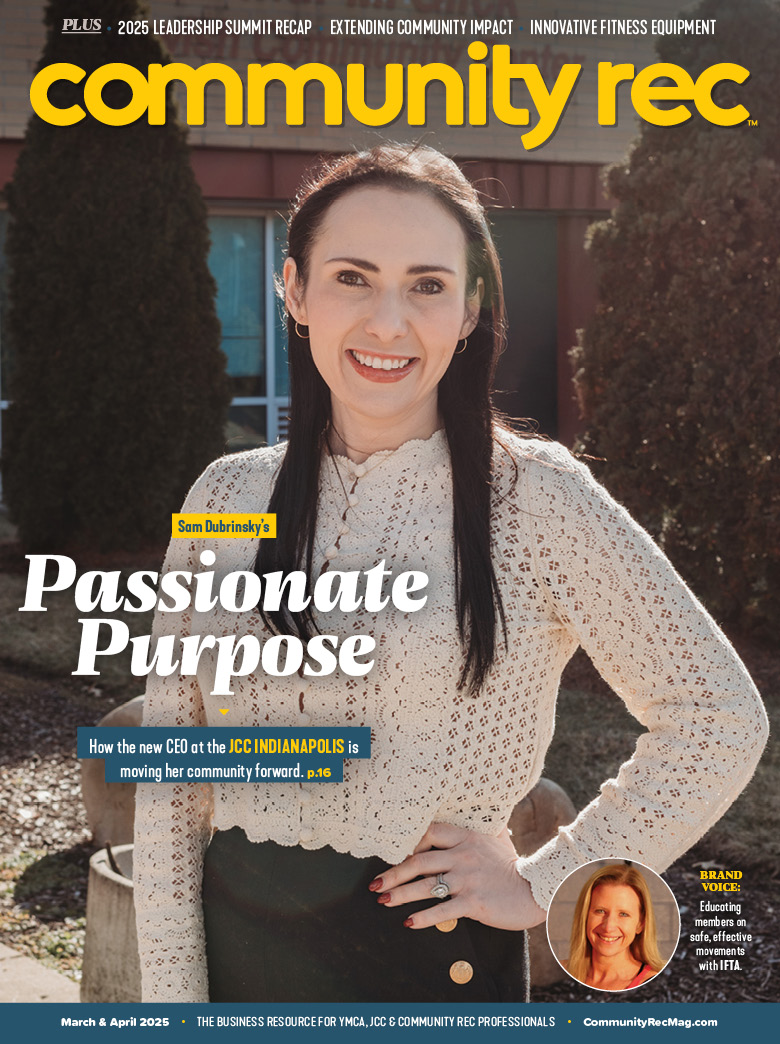A transformational philanthropic strategy from time, talent and treasure to inform, involve and invest for a model rooted in partnership and co-creation.
The world of nonprofit is no stranger to the word “philanthropy.” Defined by Fidelity Charitable as “giving gifts of time, talent and treasure to help make life better for other people,” many nonprofits have based their strategies around this model.
But according to Courtney Harrness, the chief executive officer at the Attleboro Norton YMCA, to get where a community needs an organization to go requires a transition from a model based on extraction and transaction — time, talent and treasure — to a model rooted in partnership and co-creation — information, involvement and investment. Below, Harrness shares how to make this transition:
Information
Before you can dive into your transformational philanthropic strategy, a communications strategy that shares your organization’s vision with donors, partners and prospects is necessary. Harrness said this is developed by creating new messaging together that is designed to touch each community and elevate your organization’s work to leverage the future of philanthropic support.
“Use past, present and predictive data to inform the creation of a world-class communications system that allows your organization to recruit, retain and recapture donors at all levels more effectively,” said Harrness. “Progress must be tracked using intentional KPIs and metrics to achieve short and long-term goals.”
Additionally, it’s important to leverage new and existing technology to inform a more robust delivery system that puts your transformational philanthropic communications strategy into practice through multiple vehicles.
Involvement
For your community to become partners in your transformational strategy, you need to invite them to experience the impact of your organization. Harrness described these opportunities as meaningful models that are part of individual stewardship and cultivation plans. For example, “site visits” of the past are long gone. Instead, your organization will be leaders in experiential philanthropy as partners become immersed in your work.
“You must commit to a system that pays respect to ‘nothing about us, without us,’ by involving your teams, volunteers and community members as leaders in your organization’s vision to co-create meaningful stewardship and engagement plans for partners,” said Harrness. “Proactively seek to improve your community’s experience of your organization through philanthropy.”
Investment
And lastly, this new strategy encourages the change from asking for treasure to asking for partners to join your organization in providing equitable access to self-actualization pathways. When you ask your partners to join you, you’re asking them to invest in the future of their communities through transformational support such as grants, corporate partnership, endowment, annual campaigns and special events.
“Organizations must invest in training, education and opportunity for all members of your organization’s team so each individual feels prepared and confident to lean into your philanthropic vision,” said Harrness. “Invest in research that informs the creation of future programs and services to ensure a generational impact on philanthropy through intentional improvement of building and bridging social capital.”
EXTRA:
Bruce Berglund, the president and founder of DBD Group, shared five tips for maintaining a clear vision:
- Make it Personal. Take a few minutes at the beginning of a meeting to have one person, or the whole team, answer a question about why they are committed to the goal. “Why did you join this team?” or “When did you first decide ours was a cause worth supporting?” or “When do you feel proudest of our organization?” These questions will tap into the personal connection your volunteers have to your cause and remind them of the bigger vision.
- Tell a Story. In the middle of a campaign, it’s easy to get lost in the numbers. That’s when it’s critical to slow everything down and tell a story. Put a face to your case, reminding everybody of who you’re doing this for and why.
- Be Grateful. One of the amazing things about volunteering for a nonprofit is the profound feeling that what you’re doing matters to another. The day a volunteer doesn’t feel appreciated or needed is the day they start to wonder if their efforts could be better used elsewhere. Say thank you often and share stories of impact whenever you can.
- Solve the Puzzle. It’s not always clear how your role manning “water station No. 2” at the charity 5K will help make anyone’s life better. Show every volunteer how what they do is a vital piece that helps to make the larger vision reality.
- Repeat Often. As author Andy Stanley said, “Tell them what you’re going to tell them, tell them, then tell them what you told them.” When you think you’ve said it too much, it’s probably just starting to sink in.










